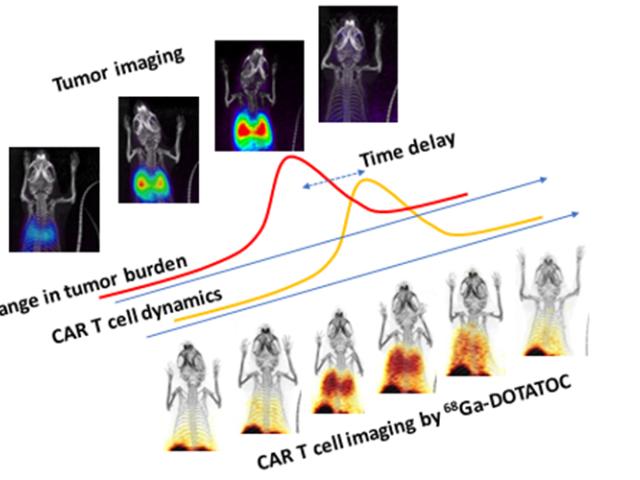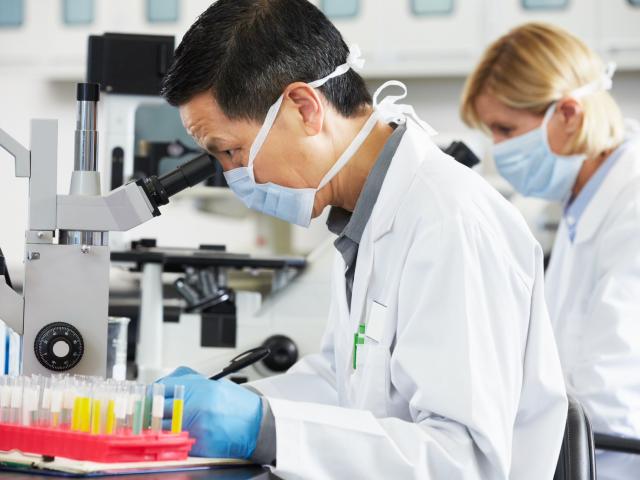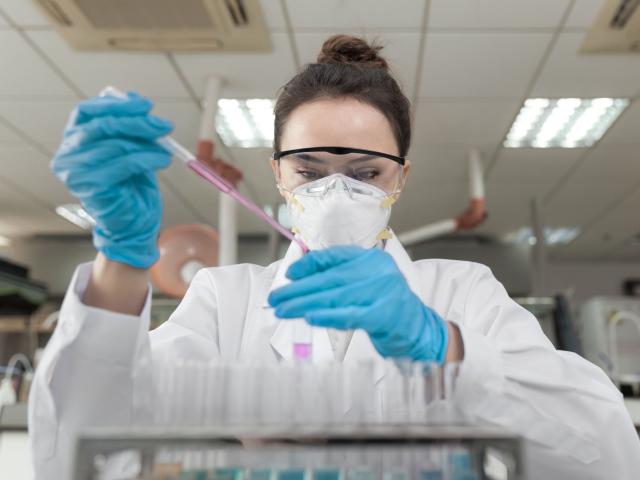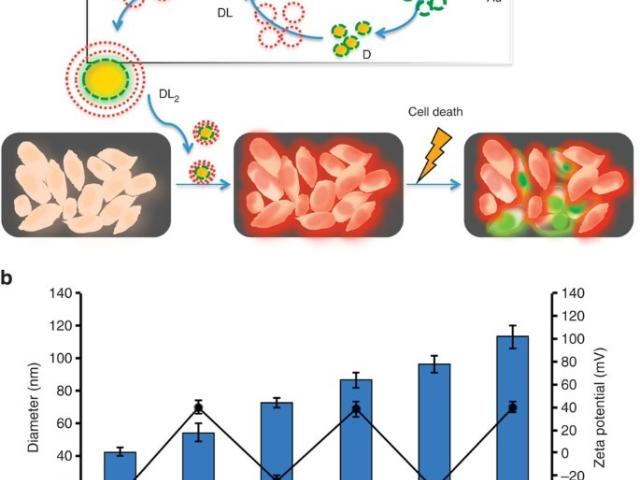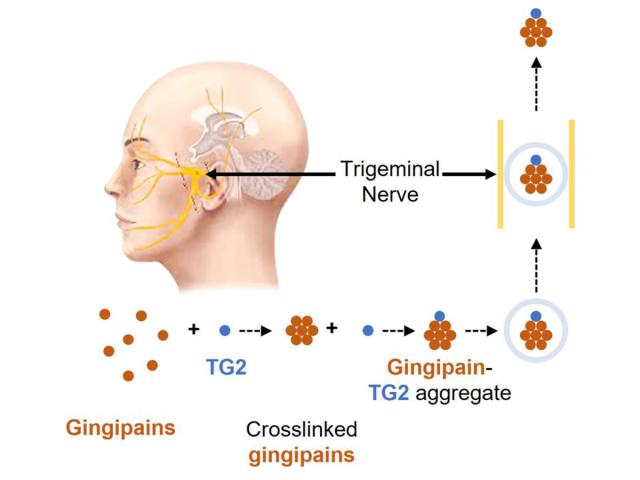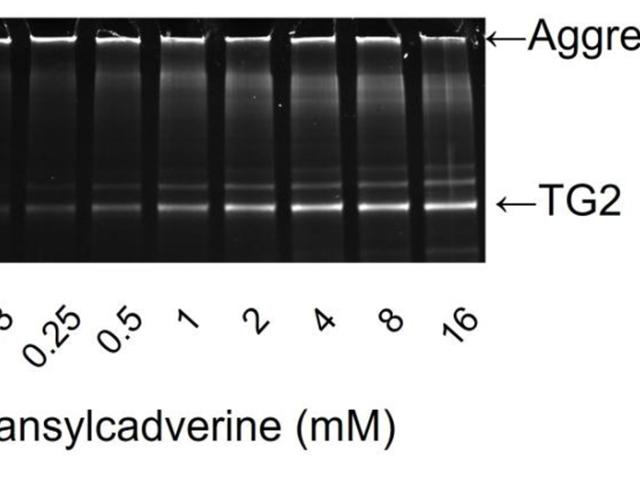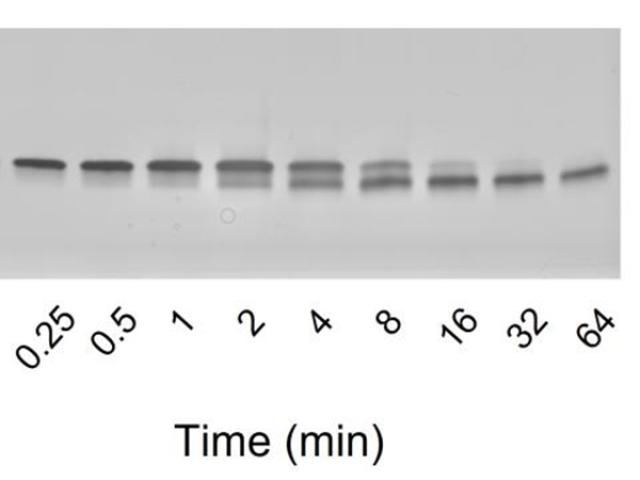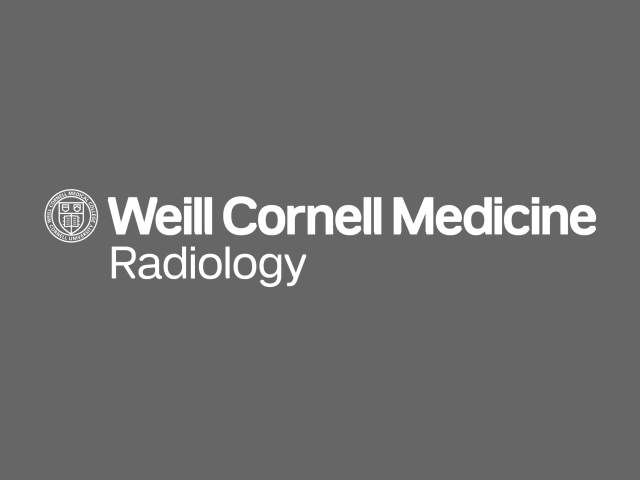Developing CAR T cells for cancer therapy
The lab is developing chimeric antigen receptor (CAR) T cells against new tumor antigens; novel CAR constructs for simultaneous therapy and imaging; and various ways to augment the potency of CAR T therapy against solid cancers. The lab’s recent successes include: demonstration of somatostatin receptor-2 (SSTR2) for imaging T cell distribution and activity in vivo (using positron emission...
New formats of antibodies for imaging and bispecific recognition
Antibodies are an important class of biologic drugs in oncology and inflammatory disease settings, either in native forms or in modified forms, to carry small molecules or to recognize more than one antigen. Antibodies can also be modified to become molecular diagnosis agents for real-time imaging of diseased cells and tissues in the body. The Jin lab uses in vitro techniques such as phage and...
Nanoparticles for molecular imaging and hyperthermia
Two major hurdles in cancer therapy are early detection of tumors in the body, and efficient delivery of drugs to tumor cell targets. Contrast agents modified to recognize unique and over-expressed markers on the tumor cell surface show great potential in cancer diagnostics. The delivery platform is built on liposomes, polymers, and magnetic nanoparticles with their surface modified for the...
An authentic imaging probe to track cell fate from beginning to end
Using layer-by-layer nanoplatform (LbLN) technology, Seung Koo Lee invented a state-of-the-art cell fate tracker (DL2) that showed the vital status of cells, whether they were alive or dead, in a Nature Communications paper with the above title. In that paper, he noted that tracing of cell viability was key for determining cell therapy safety and viability. Dr. Lee therefore created a...
Gingipains and Alzheimer’s disease
To investigate the Braak Hypothesis, Dr. Jeitner tests whether bacterial proteins in the infected mouth travel to the brain via neurons that regulate chewing. Currently, his interests center on gingipains, bacterial proteases that must aggregate to pass along the trigeminal nerve to the brain. Dr. Jeitner has demonstrated that tissue transglutaminase (TG2), one of the mouth’s transglutaminases,...
Identifying residues crosslinked by transglutaminases
Dr. Thomas Jeitner has developed a method to identify residues crosslinked by transglutaminases. In this method, dansylcadaverine, a fluorescent molecule, is attached to crosslinked residues. For this work, he took advantage of the fact that tissue transglutaminase (TG2) crosslinks itself; in doing so, he revealed that the enzyme forms crosslinks with native TG2, and with the aggregates it forms...
α-synuclein and Parkinson’s disease
In addition to crosslinking, transglutaminases catalyze deamination, or the removal of amine groups from proteins. This reaction accounts for celiac disease. In this disease, intestinal transglutaminases deaminate gliadin. The deaminated gliadin is then recognized as foreign by the immune system, and the ensuing inflammatory response causes celiac disease. The Jeitner lab discovered that α-...
Mapping the brain’s energy landscape in altered states
Utilizing multi-modal neuroimaging techniques including fluorescence magnetic resonance imaging (fMRI), diffusion MRI (dMRI), and positron emission tomography (PET), the lab is applying new methods in network control theory to understand the influence of structure on the progression of functional brain activity, and how that relationship is altered by cognition, pharmacology, stimulation,...
Functional connectivity network in default mode regions provides the underlying infrastructure for task-based functional co-de/activation networks
Award or Grant: National Institutes of Health (NIH)/National Institute on Aging (NIA)
Understanding the dynamic interactions between tau pathology and microglia-mediated inflammation in Alzheimer’s disease
Award or Grant: National Institutes of Health (NIH)/National Institute on Aging (NIA)



